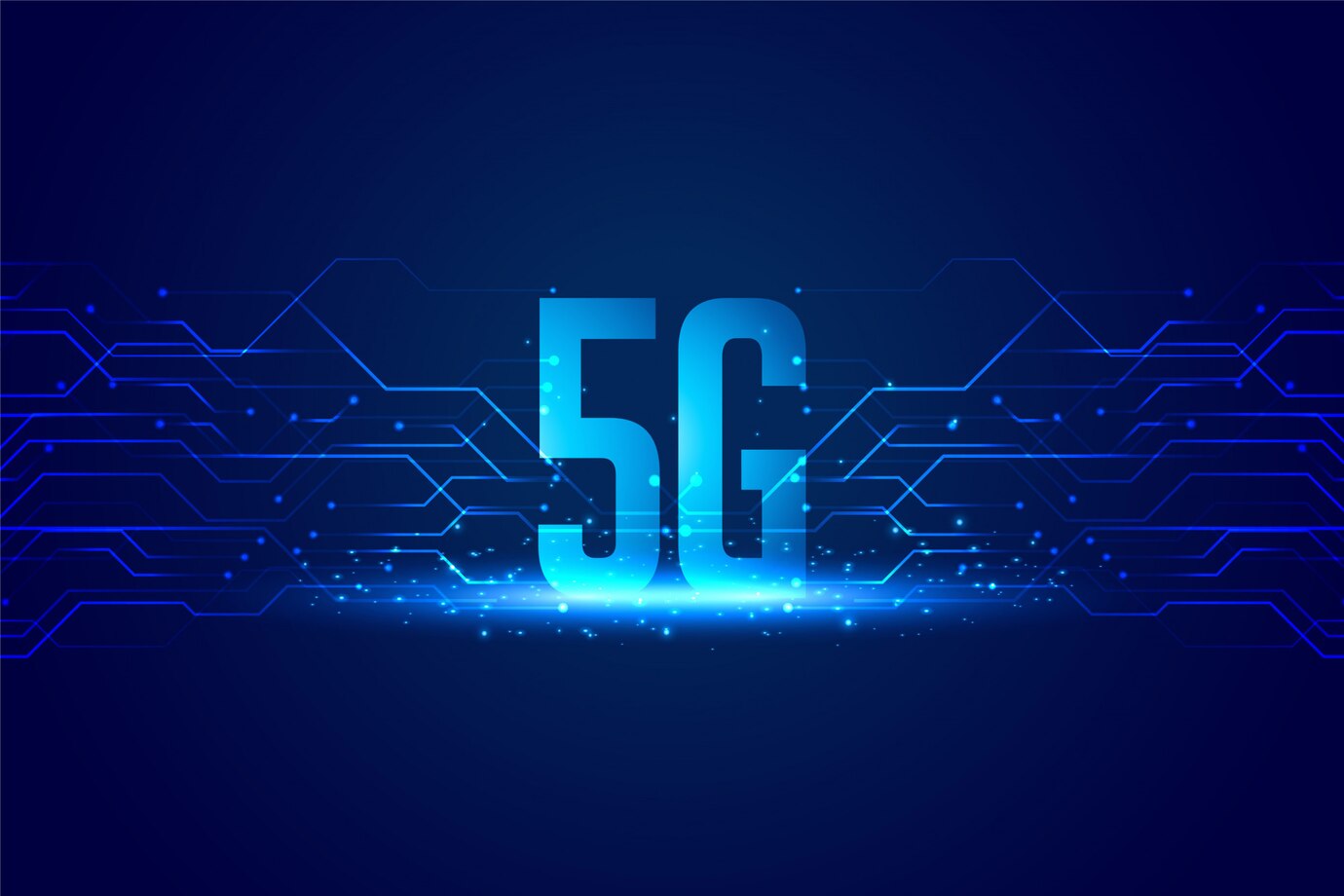In an era driven by connectivity and communication, the emergence of 5G technology marks a significant milestone. Promising lightning-fast speeds, ultra-low latency, and massive connectivity, 5G has the potential to revolutionize industries, enable innovative applications, and reshape the way we interact with technology. In this blog, we explore the capabilities, implications, and future prospects of 5G technology.
Understanding 5G Technology: 5G, or fifth-generation wireless technology, represents the next evolution in mobile communication standards. Unlike its predecessors, 5G offers exponentially faster data speeds, with peak rates reaching multi-gigabit per second, enabling near-instantaneous downloads and seamless streaming of high-definition content. Moreover, 5G boasts significantly lower latency, reducing the delay between sending and receiving data packets, which is crucial for applications requiring real-time responsiveness, such as autonomous vehicles and remote surgery.
Implications Across Industries: The impact of 5G extends far beyond faster smartphones. Industries ranging from healthcare and manufacturing to transportation and entertainment stand to benefit from its transformative capabilities. In healthcare, 5G enables remote patient monitoring, telemedicine consultations, and augmented reality-assisted surgeries, revolutionizing healthcare delivery and improving patient outcomes. In manufacturing, 5G-powered IoT devices and smart sensors facilitate real-time monitoring of equipment, predictive maintenance, and automation, optimizing productivity and reducing downtime.
Furthermore, 5G paves the way for the proliferation of immersive experiences, including virtual reality (VR) and augmented reality (AR), by delivering high-bandwidth, low-latency connectivity essential for seamless immersion. In transportation, 5G enables connected vehicles to communicate with each other and with infrastructure, enhancing road safety, reducing traffic congestion, and laying the groundwork for autonomous driving systems.
Challenges and Considerations: While the promises of 5G are compelling, its widespread deployment presents challenges and considerations. The rollout of 5G infrastructure requires significant investment in new network equipment, including small cells, massive MIMO antennas, and fiber optic cables. Additionally, concerns regarding cybersecurity, privacy, and potential health effects of electromagnetic radiation must be addressed through robust regulations and standards.
Moreover, ensuring equitable access to 5G technology is essential to bridge the digital divide and prevent exacerbating existing disparities in connectivity. Governments, policymakers, and industry stakeholders must collaborate to deploy 5G infrastructure in underserved areas and ensure affordability and accessibility for all.
Future Prospects: As 5G continues to evolve, researchers and innovators are already looking ahead to the next frontier: 6G. Anticipated to deliver even faster speeds, greater capacity, and more immersive experiences, 6G is poised to push the boundaries of connectivity further. Beyond traditional communication, 6G may unlock novel applications in quantum communication, holographic telepresence, and brain-computer interfaces, ushering in a new era of connectivity and human-machine interaction.
Conclusion: In a hyper-connected world where speed, reliability, and responsiveness are paramount, 5G technology emerges as a catalyst for innovation and progress. With its transformative potential across industries and its capacity to enable groundbreaking applications, 5G represents a pivotal step towards a more connected, intelligent, and technologically advanced future. As we navigate the complexities and opportunities of the 5G era, the journey towards unparalleled connectivity and innovation continues, shaping the way we live, work, and interact in the digital age.

